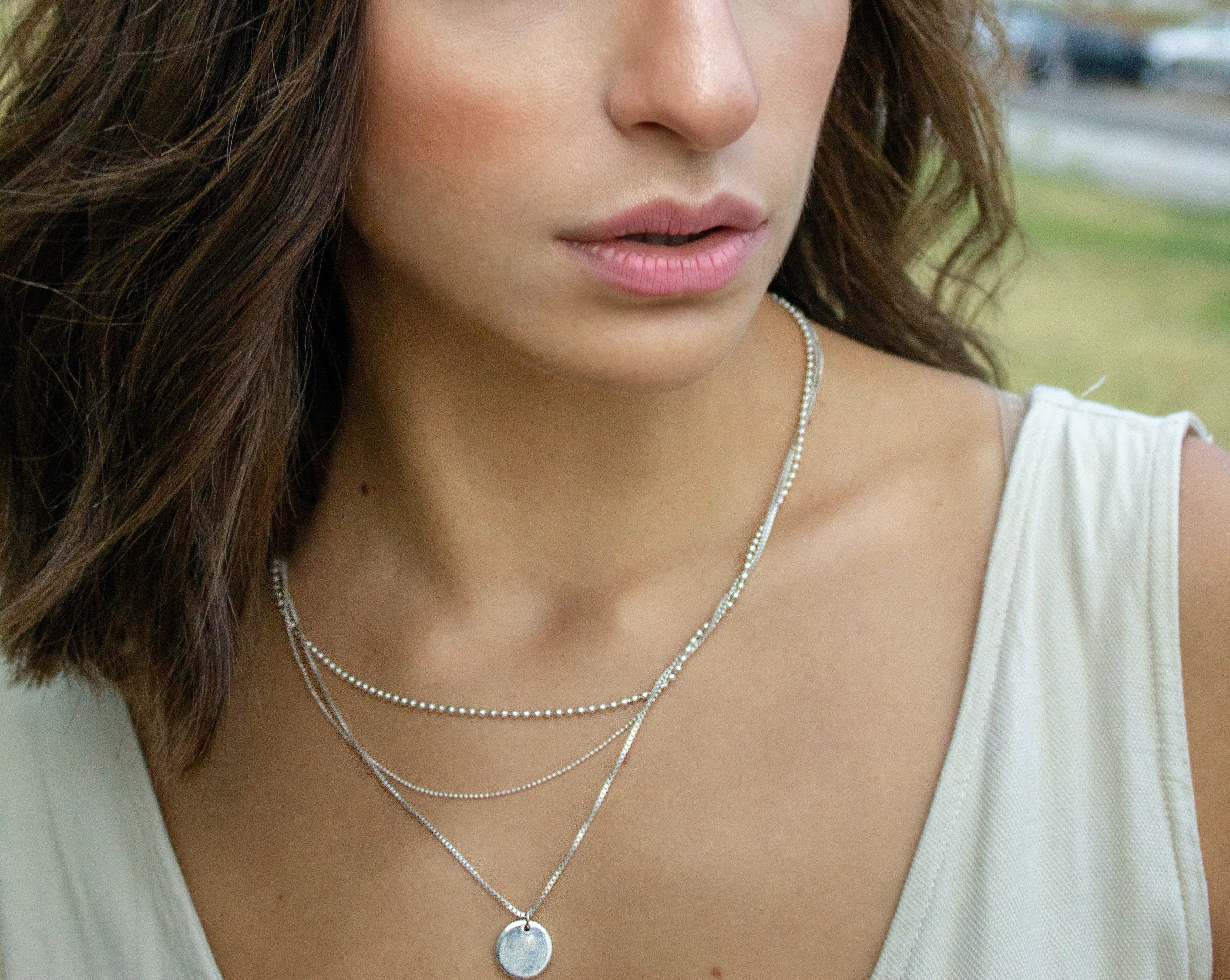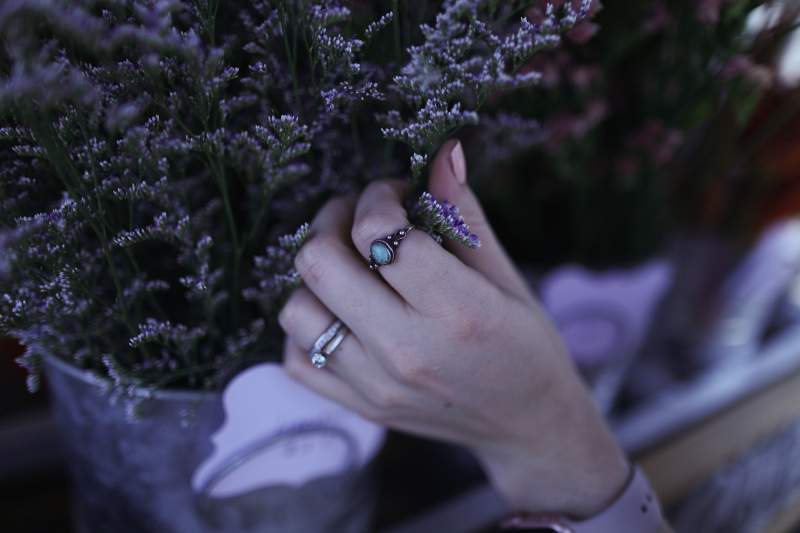
SILVER AND GOLD: A TIMELESS DEBATE

Which should you choose: silver or gold? It is a question that never quite seems to have a conclusion.
Both gold and silver are luxe additions to any ensemble. They can dress up anything from jeans and a t-shirt to an evening gown. The classic precious metals convey glamour, class, and sophistication. For centuries, they have been worn as earrings, necklaces, rings, and bracelets. Even in songs and poems, they are symbols of wealth and beauty.
Rich in history and significance, there doesn’t seem to be a wrong choice.
Gold
Yet the differences exist. Gold is an incredibly durable metal. On a chemical level, gold is non-reactive. Where other metals might tarnish, rust, or break down over time, gold shines on. This allows heirloom jewelry and antique gold trinkets to stand the test of time. They remain valuable as they are passed along to future generations.
Since ancient times, gold has been used for jewelry and metalwork. Pure gold is soft and easy to work with, and it is often alloyed with other metals for stability.
Old or new, gold jewelry is rare, expensive, and lustrous. Its rich, warm color keeps gold-lovers coming back.
Silver
Silver, like gold, has been used for jewelry since antiquity. It, too, is mined from the earth, though the process is more arduous than gold. Silver is similarly non-reactive and soft in its purest form, and it combines well with other metals to create a more durable substance.
Silver is remarkably shiny. It is very reflective and always seems to be catching the light.
Silver is less rare than gold, and it is more affordable. Pure silver won’t tarnish, but over time, silver alloyed with copper will darken. With a little effort, tarnished silver can regain its clear shine.
For its bright color and sparkle, silver jewelry is long-lasting and complements anyone.
Warm and cool
When thinking about precious metals, people tend to create two categories: warm colors and cool colors. Warm colors are variations of reds, oranges, yellows, and browns, and gold falls into this category. Cool colors are blues, purples, whites, and greys. Silver is a cool color. Other metals, including rose gold, bronze, and copper are warm. Platinum, nickel, and white gold are cool.
The traditional test is to align your skin tone to your color group. If you have a cool skin tone, characterized by blue undertones, choose silver. If you have a warm tone, with golden or olive undertones, choose gold. To find out, you can look at the veins in your wrist. Are they blue or purple tinted? You’re a silver girl. More on the green side? Then gold is your metal.
The statement
Nowadays, some see the skin tone test as outdated. They would say that the choice between gold and silver is less of an appearance-based decision and more of a life statement.
Some love gold for that ultimate classic accent that it provides. Gold carries the warmth of a long tradition of significance. No one can deny its eye-catching beauty. It instantly elevates an outfit. Gold, in many ways, is the metal of aspiration.
Others love silver for its more understated beauty. Don’t misunderstand--silver is remarkable all on its own. But it is a more nuanced, more mysterious. Silver has an ability to tie an entire look together and make it seem effortless. Silver may be the metal of authenticity.
What do you say?
You may already have a fixed loyalty, cemented by years of collecting. If you don’t, you might know people who are boldly one or the other.
We’ve said it before, but we’ll say it again: don’t be afraid to mix and match! If you’re still trying to decide which camp you belong to, try it out and see what you like best. And wearing both at once, especially with smaller pieces, is a chic and modern statement of its own.


